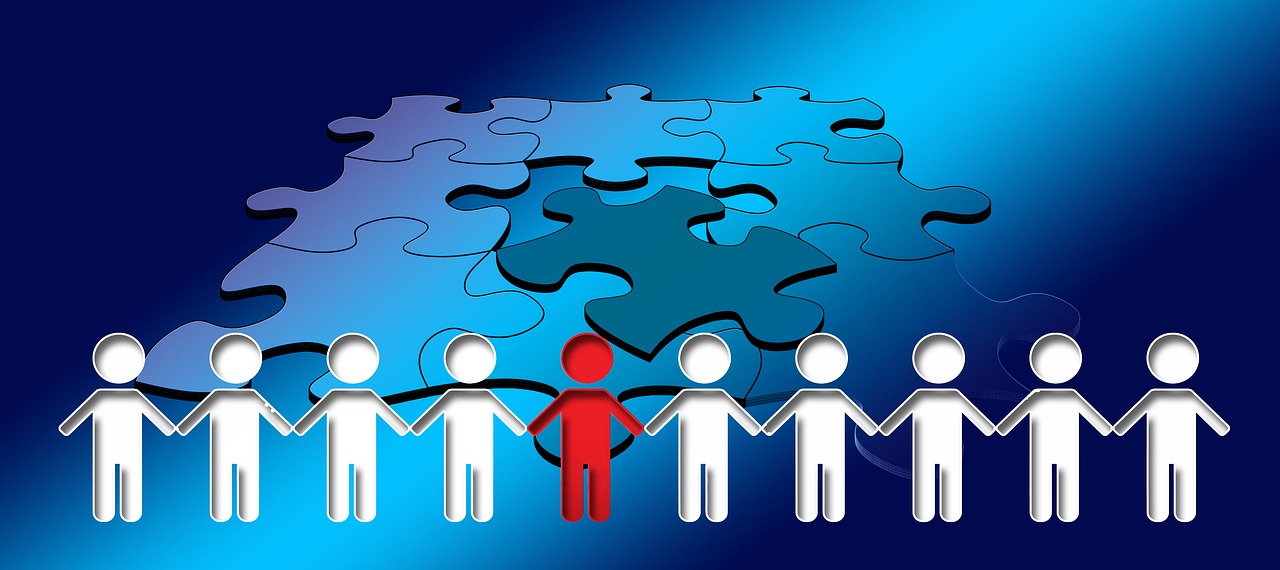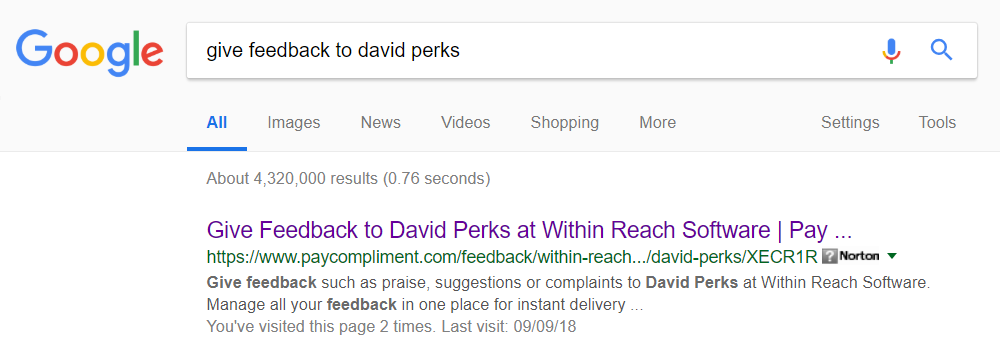
Open systems are essential for the most human of workplaces
Open systems are essential for the most human of workplaces? That sounds like an oxymoron. We want humans interacting with humans don't we, so why does the system matter?
The truth is in many cases humans interact with humans better when there is a system supporting the interaction than when there isn't.
The success of collaboration platforms like Slack, Trello, Jira, G Suite and SharePoint is evidence that work gets done (at scale) with less friction when there is a digital solution helping people to stay on top of commitments, share knowledge, review prior decisions, look ahead at what's coming. This is especially so when such systems are joined up to each other. The capabilities of these systems accelerate the work, and they create a sense of belonging to the team doing the work.
On the other hand, HR and the people processes that make up the employee experience around the work have typically been out of focus.
Aiming for immersive people and culture experiences versus transactional ones.
When we look at the people and culture experience of most organisations we typically see
- Policies and procedures in a shared folder or on an intranet
- Self-service leave requests
- Digital payslips
and possibly
- Goals and result tracking (usually out of date)
- Training plans and Learning (usually out of date)
Most of these people-centric systems or processes are transactional. They need a worker to sign in to an HR platform or a range of platforms to interact.
The impetus is on the worker to engage with the system to achieve a singular outcome at the time.
And most of the time, these experiences do not include casuals, contractors, and temps which means 30% or more of the workforce have no people and culture element to their employee experience whilst under the stewardship of your organisation.
The problem with transactional systems is they take the worker (or manager) out of flow, and engage them in 'administrator' mode.
To counter this, modern HR experiences need to be presented together with the work, and this means systems need to be open, and easy to integrate; something we've been working on at Pay Compliment.
How does Pay Compliment integrate?
Employee centricity
We're an employee-centric platform by design, meaning that we have the employee experience at the heart of what we do, and then wrap a great employer and HR advisor experience around this. That's a different perspective than traditional HRMS vendors that put the employer experience top of the list.
We work with the concept of a unique Feedback ID per worker which is equivalent of a 'licence plate' to make that worker readily identifiable.
The Feedback ID is the key to seamless integration because it points to an employee specific web page, and an employee specific email address on our system, both of which are interfaces that humans and machines can use to interact with that employee at any time.
The open employee
Want to comment on a workers performance, praise them, or make a suggestion? Click through to their feedback page which you can search for, or they can point you towards through at least 55 touch points they might already have with you.
Want to send system generated information? email it to their feedback email which is [feedback id]@paycompliment.com
Want to survey workers on a topical issue in minutes? Use the feedback campaign function to reach out to all of your workers instantly.
Want to crowdsource performance signals from customers and other employees? Allow your workers' profiles to be indexed by search engines so their feedback page is publicly discoverable.

These capabilities allow frictionless integration without even needing to call in the IT department by providing employee specific web page links and email addresses as what in integration terms is known as endpoints.
The multi-tool
Just like your kitchen draws are cluttered with single-purpose tools, the average HR department is cluttered with an application list full of these too.
Pay Compliment started as a real-time feedback platform. A single-purpose platform. Customers told us that this would be "another thing for users to log in to" so we evolved. We added the 9 modes of interaction needed to become a holistic listening and culture management platform.
Today Pay Compliment can be used as a multi-purpose platform for
- Real-time feedback (including customer feedback)
- 360 review
- Goal tracking
- Employee Survey
- Customer Survey
- Exit and Stay Interview Management
- Rewards and recognition
- Employee Compliance
- Performance Management
- Leadership Development Program Delivery
- Micro-Learning delivery
- Lightweight Learning Management and continuous professional development tracking
- Whistleblowing
- Suggestion and Ideas Capture
... and our customers continue to show us other innovative ways to use the platform all of the time!
Massive scale Import and Export
Even with the wide range of use cases that we solve, and with built-in dashboards to provide analysis of everything, we still recognise the data we capture is yours not ours and you should be able to get to it at any time.
The data we capture and the people we capture it for are all able to be exported and imported in a human-friendly format.
This means you can pull and push information to your HR system, your data warehouse, or whichever system you need to whenever you choose either via a power user or through automation.
All of this works in 'background mode' so that it's not tying up valuable time sitting and waiting for a data process to complete.
Single click actions
When a worker needs to know or is required to do something, the notification system sends an email, text message or both to notify them.
If action is required the notification contains a button which links to the appropriate action screen.
No need to sign in to anything, no navigation, click and complete is all that's required removing all of the friction from the process.
If the worker doesn't complete the task when first notified, automated reminders nudge them along until they do.
Of course, we also have single sign-on via Microsoft, Google, Facebook, Twitter and LinkedIn so "yet another password to remember" isn't a problem when workers do want to sign in to the platform directly.
So what's new?
With all of this openness already embraced what else is there to do? A lot, actually, to give workers a truly emersive people and culture experience.
Embedding
We've taken all the decoration away from the user feedback pages; none of our branding, no headers and footers, nothing other than the page content. We have done this so that these pages can be embedded into your own web pages and intranets as IFRAMES and therefore they can become a natural part of your current platforms.
Forms
Previously known as Templates and designed to capture feedback, we've renamed all references to templates which are now known as Forms. We've done this because we are seeing that forms will be used for assessments in our new learning library feature as well as for feedback, surveys, recognition and so on.
Forms, and the form builder seems like a more representative name for what this feature has become.
API
Whilst all of the above integration can be achieved without the IT department, for true frictionless experiences systems do need to be physically connected through system to system interfaces.
We've standardised the feedback stream API to exchange data in JSON format (yes we love the IT world of acronyms) making it really easy for your developers to use and display this information the way that you want to and not just to reproduce it the same way that we display it.
If you're looking for a seamless employee experience to enhance the impact of your people and culture work, please get in touch. We'd love to discuss how we can help produce an amazing employee experience together.